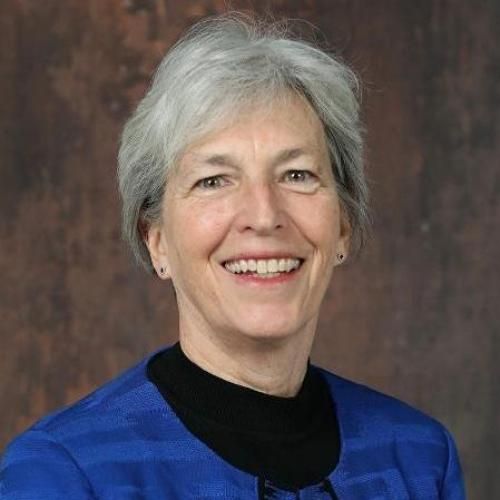Linda Franzoni
Professor of the Practice in the Thomas Lord Department of Mechanical Engineering and Materials Science
Thomas Lord Department of Mechanical Engineering and Materials Science
305 Teer Building, Box 90271, Durham, NC 27708-0271
305 Teer, Box 90271, Durham, NC 27708
Publications

